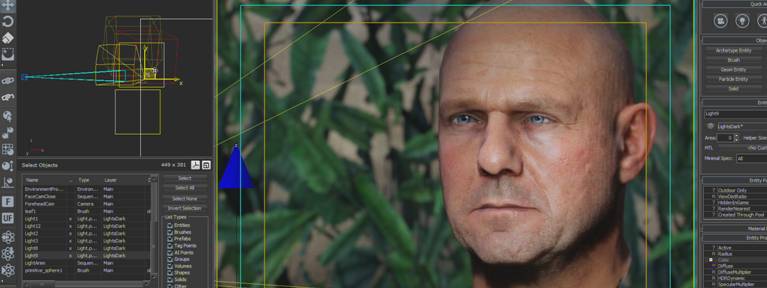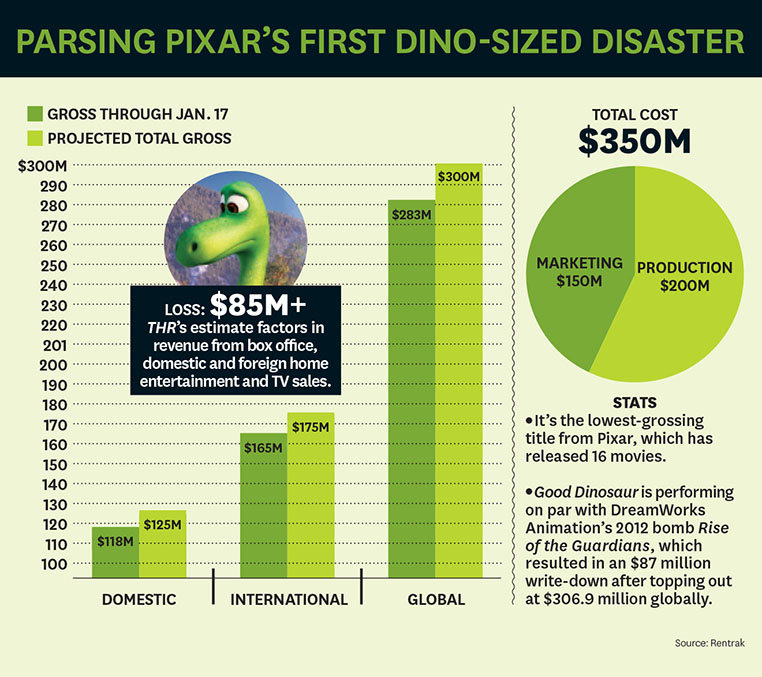RANDOM POSTs
-
Planning to move jobs? These cities are now so expensive they’re considered ‘impossibly unaffordable’
Read more: Planning to move jobs? These cities are now so expensive they’re considered ‘impossibly unaffordable’https://www.cnn.com/2024/06/14/business/house-prices-impossibly-unaffordable-intl-hnk/index.html
Top 10 “impossibly unaffordable” cities
- Hong Kong
- Sydney
- Vancouver
- San Jose
- Los Angeles
- Honolulu
- Melbourne
- San Francisco/Adelaide
- San Diego
- Toronto
-
Blackmagic Camera Introducing Digital Film for iPhone!
Read more: Blackmagic Camera Introducing Digital Film for iPhone!https://www.blackmagicdesign.com/ca/products/blackmagiccamera
You can adjust settings such as frame rate, shutter angle, white balance and ISO all in a single tap. Or, record directly to Blackmagic Cloud in industry standard 10-bit Apple ProRes files up to 4K! Recording to Blackmagic Cloud Storage lets you collaborate on DaVinci Resolve projects with editors anywhere in the world, all at the same time!
-
Mape – ComfyUI Helpers
Read more: Mape – ComfyUI Helpers- Multi-monitor image preview
- Variable Assigment/Wireless Nodes
- Prompt Tweaking
- Command Palette (Shift+P)
- Pinned favourite nodes
- Fuzzy search
- Auto organize nodes
- Error management
- Node navigation
- Node time tracking
- Hidden nodes connections
COLLECTIONS
| Featured AI
| Design And Composition
| Explore posts
POPULAR SEARCHES
unreal | pipeline | virtual production | free | learn | photoshop | 360 | macro | google | nvidia | resolution | open source | hdri | real-time | photography basics | nuke
FEATURED POSTS
Social Links
DISCLAIMER – Links and images on this website may be protected by the respective owners’ copyright. All data submitted by users through this site shall be treated as freely available to share.








